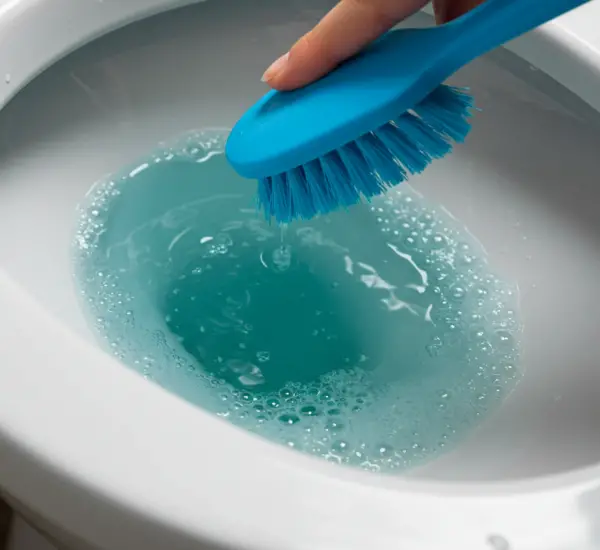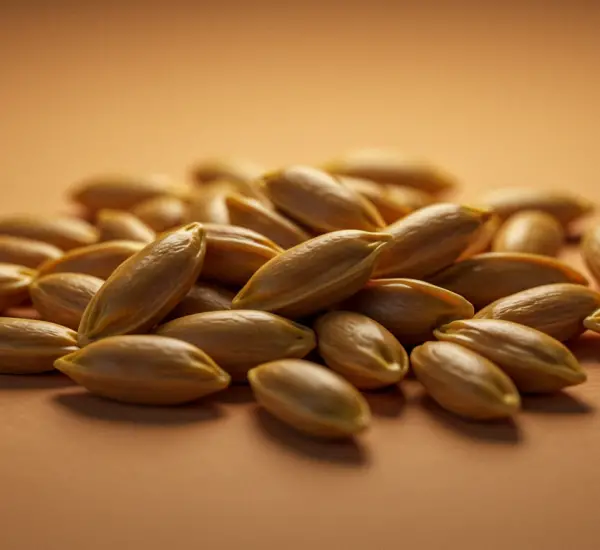In recent years, most modern washing machines have been designed with an “Eco Mode,” also referred to as the energy-saving or environmental program. On paper, it seems like the perfect solution: lower electricity bills, reduced water consumption, and a smaller environmental footprint. But while this feature promises efficiency, experts suggest that it may not always be the most effective option for your laundry—or even for the washing machine itself.
In this article, we’ll explore how Eco Mode works, what benefits it truly offers, and why relying on it too often could lead to problems you might not expect.
How Eco Mode Works
Eco Mode on a washing machine is designed to minimize both energy and water usage. It relies on several built-in technologies and smart sensors to regulate the cleaning process in a more sustainable way.
-
Lower water usage: Sensors detect the load size and adjust the amount of water accordingly. This ensures the machine doesn’t use more water than necessary for the volume of laundry inside.
-
Lower washing temperature: Most Eco cycles wash at temperatures below 40°C (104°F). While cooler water requires less energy to heat, it still manages to clean light to medium-soiled fabrics effectively.
-
Gentler spin cycles: Instead of spinning at maximum speed, Eco Mode often runs at reduced spin power. This saves energy, decreases wear on fabrics, and reduces wrinkles.
-
Quieter operation: Many Eco cycles are optimized to run with less vibration and noise, contributing to a smoother and quieter wash.
At first glance, Eco Mode seems like a win-win situation: you save money, your clothes last longer, and the environment benefits from reduced energy and water consumption.
The Hidden Downsides of Eco Mode
Despite these advantages, Eco Mode is not always the best choice. While it can handle lightly soiled everyday laundry, its efficiency drops significantly when faced with stubborn stains, heavy fabrics, or the need for hygienic washing.
1. Lower Temperatures Mean Less Hygiene
One of the biggest drawbacks of Eco Mode is the reduced washing temperature. Warm or hot water plays a crucial role in breaking down oils, removing stubborn stains, and killing bacteria. By relying mainly on cold or lukewarm water, Eco Mode may not effectively sanitize your laundry, especially items like towels, bedding, or sportswear that tend to harbor sweat, odors, and microbes.
Over time, this can lead to clothes that look clean but still contain hidden bacteria and unpleasant smells.
2. Longer Wash Cycles Don’t Guarantee Better Cleaning
Eco programs often extend the washing time to compensate for the lower water levels and reduced temperatures. While the longer cycle helps loosen dirt gradually, it still may not remove tougher stains like grease, wine, or grass. This means you might end up rewashing certain items, which cancels out the energy and water savings you intended.
3. Residual Detergent and Dirt
Since Eco Mode uses less water, the rinsing process is less thorough compared to standard cycles. This can leave detergent residue trapped in the fibers of your clothes. Not only can this cause skin irritation for sensitive individuals, but it also leaves fabrics feeling stiff or dull after repeated washes.
Worse still, incomplete rinsing contributes to detergent and grime buildup inside the washing machine drum, pipes, and seals. This accumulation can cause foul odors and encourage the growth of mold and bacteria inside the appliance.
4. Potential Wear on the Washing Machine
While Eco Mode is meant to prolong the life of your clothes, it could have the opposite effect on your washing machine. By consistently using reduced water levels, dirt and detergent residues accumulate more quickly in the system. This buildup puts extra strain on the machine, potentially leading to maintenance issues, unpleasant smells, and costly repairs.
When Eco Mode Is Useful
Eco Mode isn’t inherently bad—it’s just not a one-size-fits-all solution. It can be very effective under the right conditions:
-
Lightly soiled clothes: Everyday wear that isn’t stained or heavily soiled will come out fresh and clean on Eco Mode.
-
Synthetic fabrics and delicates: Lower temperatures and gentler spins are perfect for extending the life of delicate garments or synthetic fibers.
-
Smaller loads: Since the sensors adjust water levels to the amount of laundry, Eco Mode can work well for small to medium loads.
In these cases, Eco Mode delivers exactly what it promises: savings on water, energy, and money without compromising the quality of the wash.
When to Avoid Eco Mode
On the other hand, there are situations where Eco Mode is not advisable:
-
Heavily soiled items: Clothes with visible stains, mud, oil, or food residues require higher water levels and stronger washing action.
-
Bedding, towels, and undergarments: These items harbor bacteria and dust mites that require hotter water and more thorough rinsing to ensure hygiene.
-
Sportswear: Sweat-soaked fabrics often hold onto odors that low temperatures cannot fully eliminate.
-
Allergy-prone households: If anyone in your family suffers from allergies or sensitive skin, residues left behind by incomplete rinsing in Eco Mode can make symptoms worse.
In these scenarios, using a standard or intensive wash cycle is more effective, even if it means using a little extra energy and water.
Striking the Right Balance
The key is not to completely avoid Eco Mode but to use it wisely. For everyday laundry that isn’t heavily soiled, it’s a great way to save resources. But for hygiene-critical items or stubborn stains, it’s worth switching to a standard program that uses more water and higher temperatures.
Additionally, you can prevent Eco Mode from causing long-term issues by regularly running a maintenance wash at high temperatures with an empty drum and a bit of white vinegar or baking soda. This helps eliminate residue buildup and keeps your machine fresh.
Final Thoughts
Eco Mode on washing machines is a clever feature designed to save energy and water. However, it’s not without limitations. While it’s perfect for lightly soiled, everyday laundry, relying on it exclusively can lead to less effective cleaning, hidden bacteria, detergent residue, and even maintenance problems with your machine.
The best approach is balance: use Eco Mode when it makes sense, but don’t hesitate to switch to higher temperature or intensive cycles when hygiene and stain removal are a priority. By doing so, you’ll get the best of both worlds—clean laundry and efficient energy use—without sacrificing your washing machine’s performance or your family’s health.



